If you read descriptions of the diets of different wading birds, they quite often say: “something, something, something… and small fish” – but in my (admittedly relatively limited) birding experience it’s rare to see one actually taking a small fish. But this afternoon at Slimbridge this Spotted Redshank, which was plunging for food very busily and with great concentration in front of the Rushy hide, suddenly came up with a Stickleback. It then had the problem of actually eating the Stickleback, which wasn’t about to give up without making its feelings known on the subject, and for a while it wasn’t clear which way the story would go. After shaking and dunking the fish a few times the Redshank did a final toss and catch of its prey, but even then it seemed to have difficulty swallowing it, and I wondered if the Stickleback might yet survive. My second photo shows the bird’s ongoing attempt to swallow its meal, which it did finally manage to do.
The Spotted Redshank is an interesting bird. It’s a little taller than a Redshank, with a much longer bill, more white on its face, and no white wing bar. In breeding plumage it’s almost entirely black, with white spotting on its back, but we would never see this in the UK because unlike its smaller cousin it doesn’t breed here. It breeds on bogs and marshes in the Arctic tundra of Scandinavia and Russia, but is only there for a short time each year. The eggs and young are cared for solely by the males: having arrived on their breeding grounds in May, the females leave again in June, with the males and juveniles following them south in July and August. 400-500 Sotted Redshanks pass through the UK and Western Europe on migration, and a small number stay through the winter, but most travel much further south, wintering on a very wide front from West Africa through to South-east Asia.
There’s quite a helpful video here from the BTO to help you tell your shanks apart.
R: C5, D23.

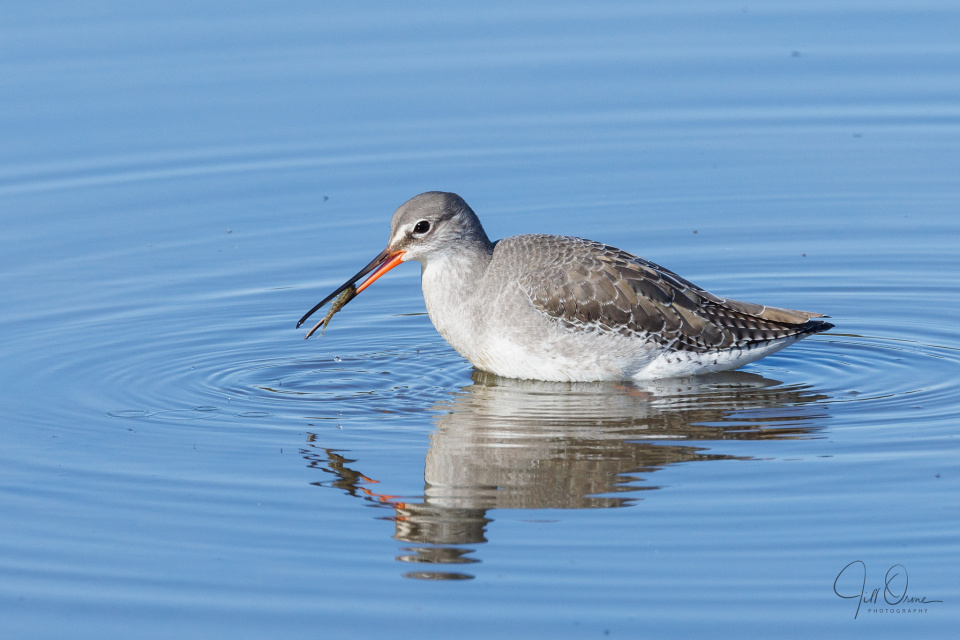
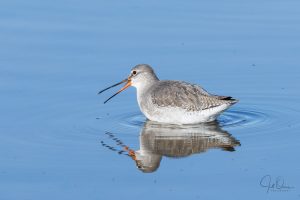
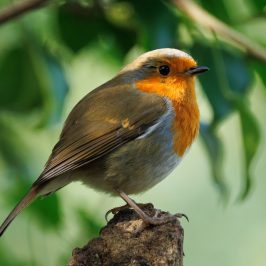
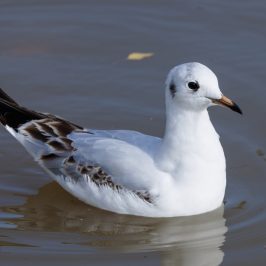
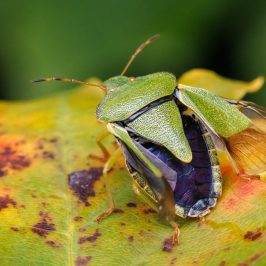
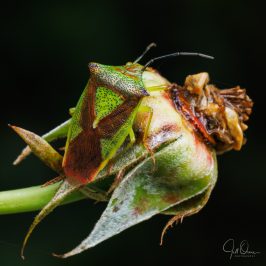

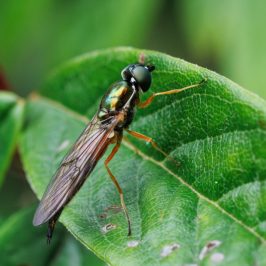
Leave a Reply
You must be logged in to post a comment.